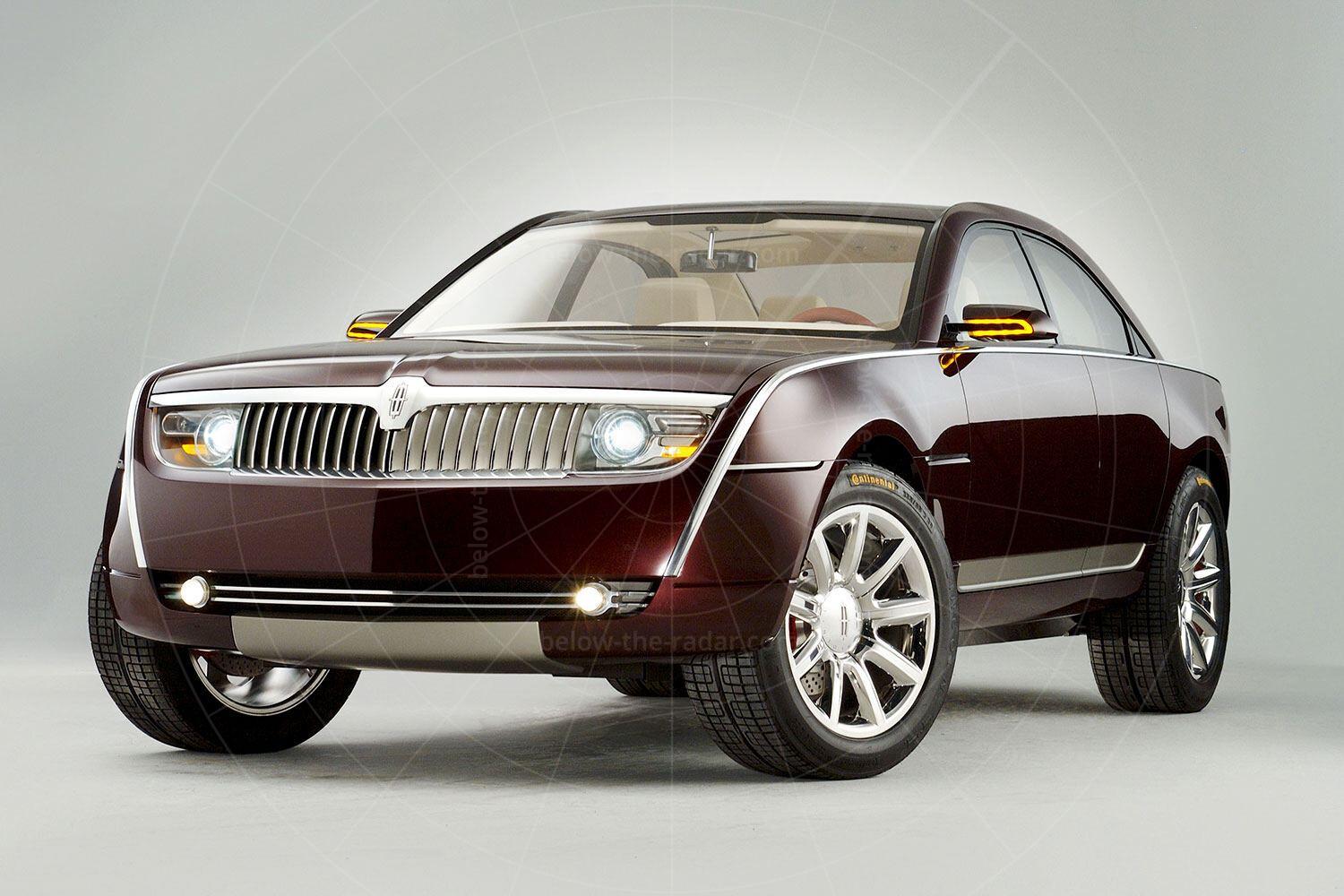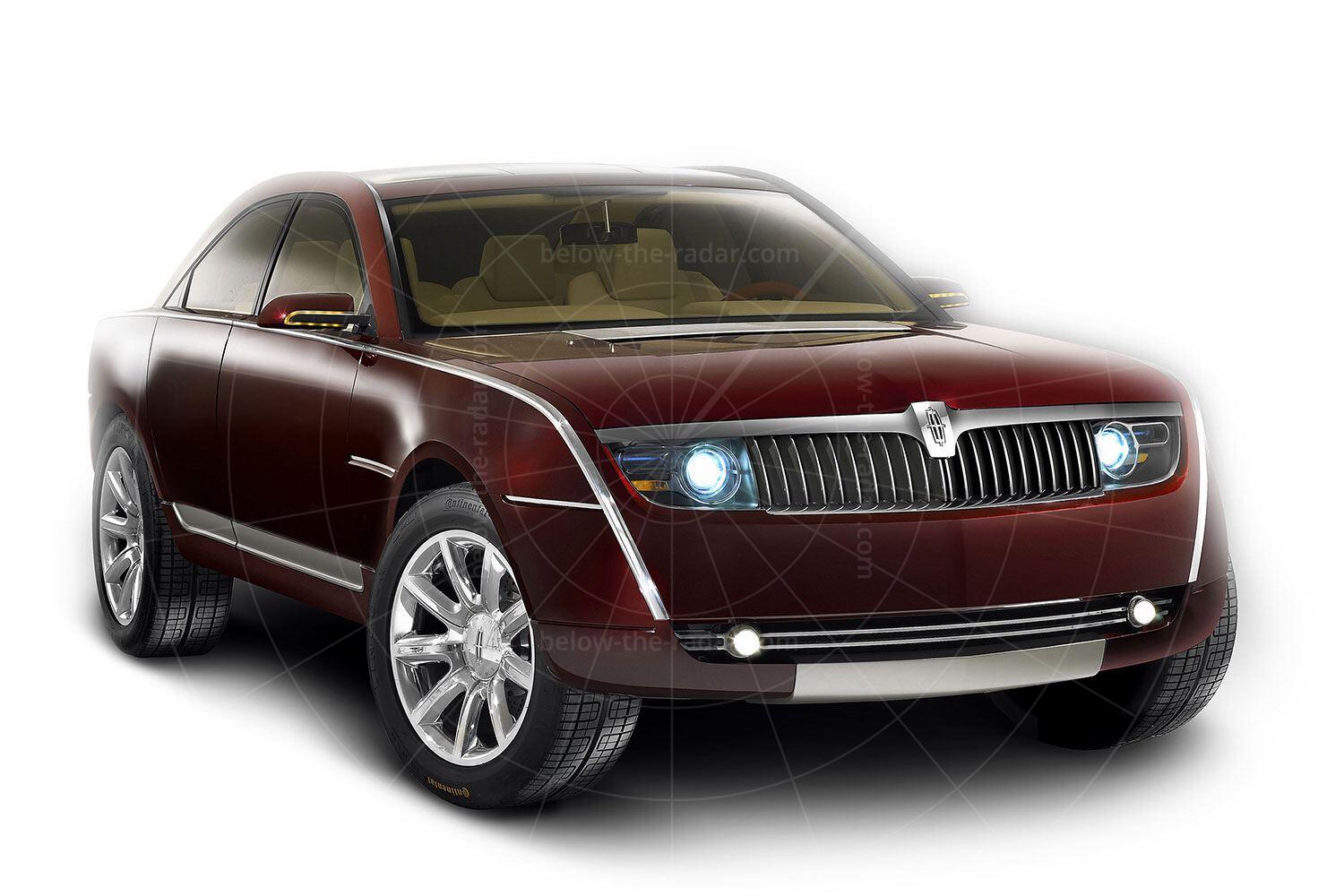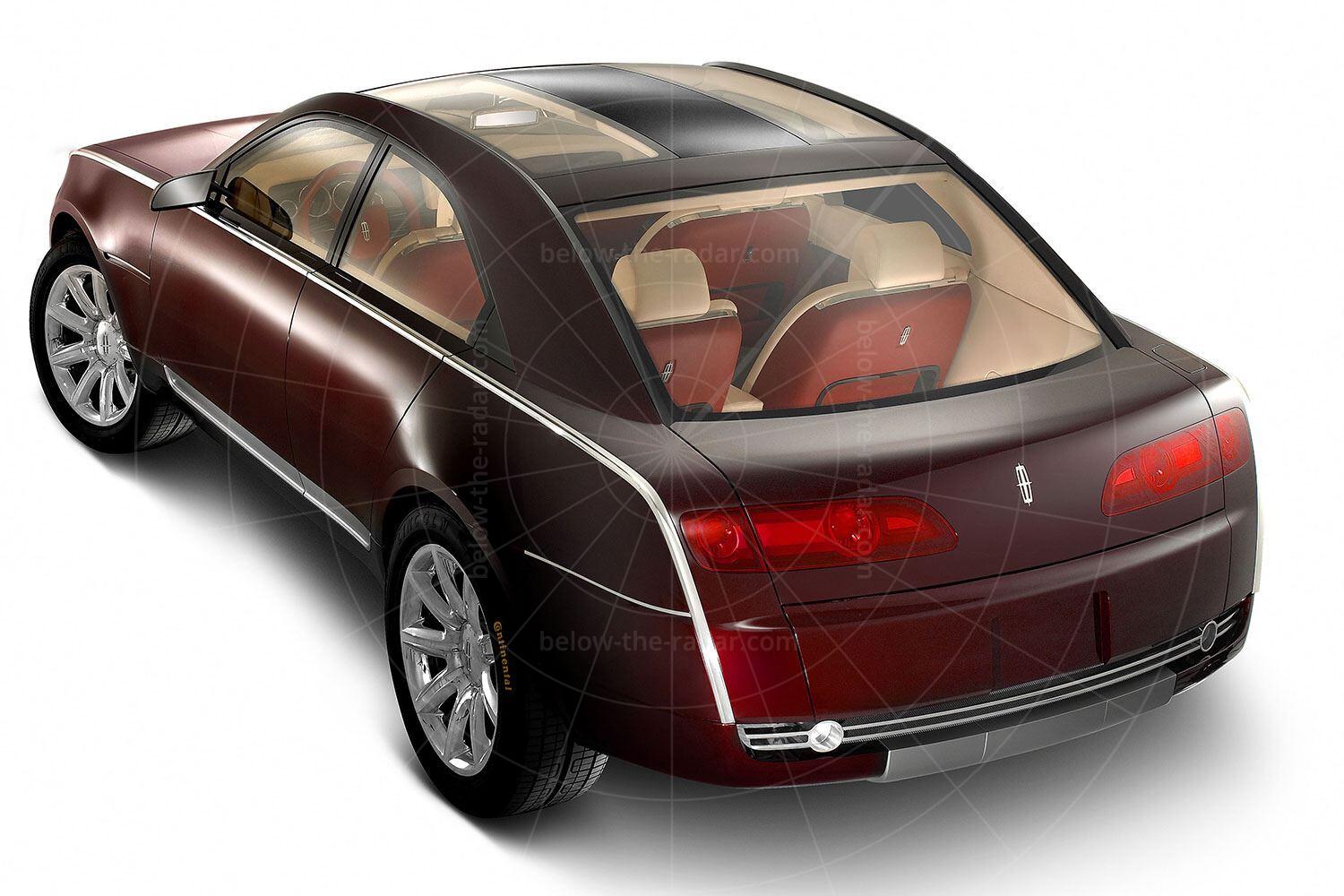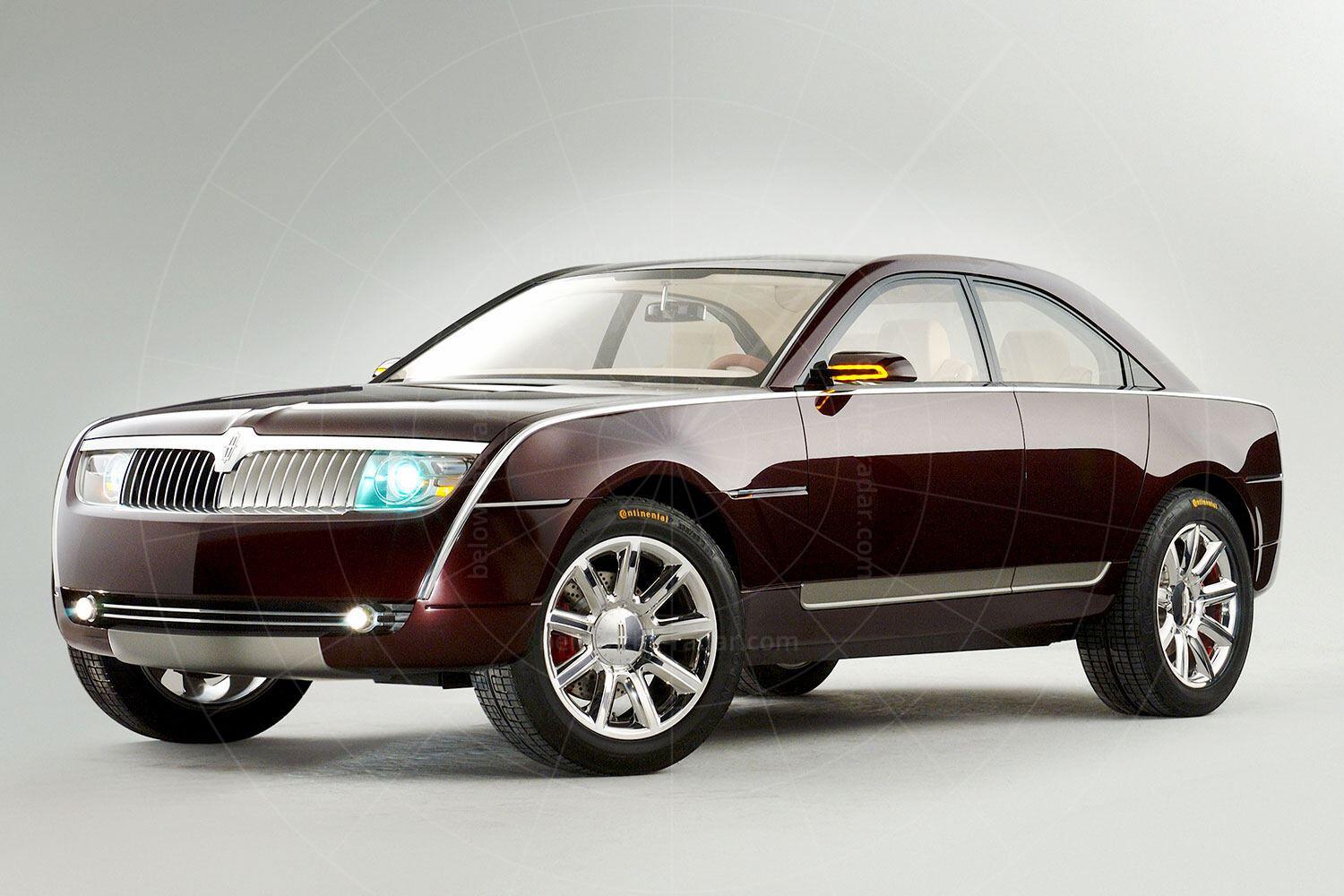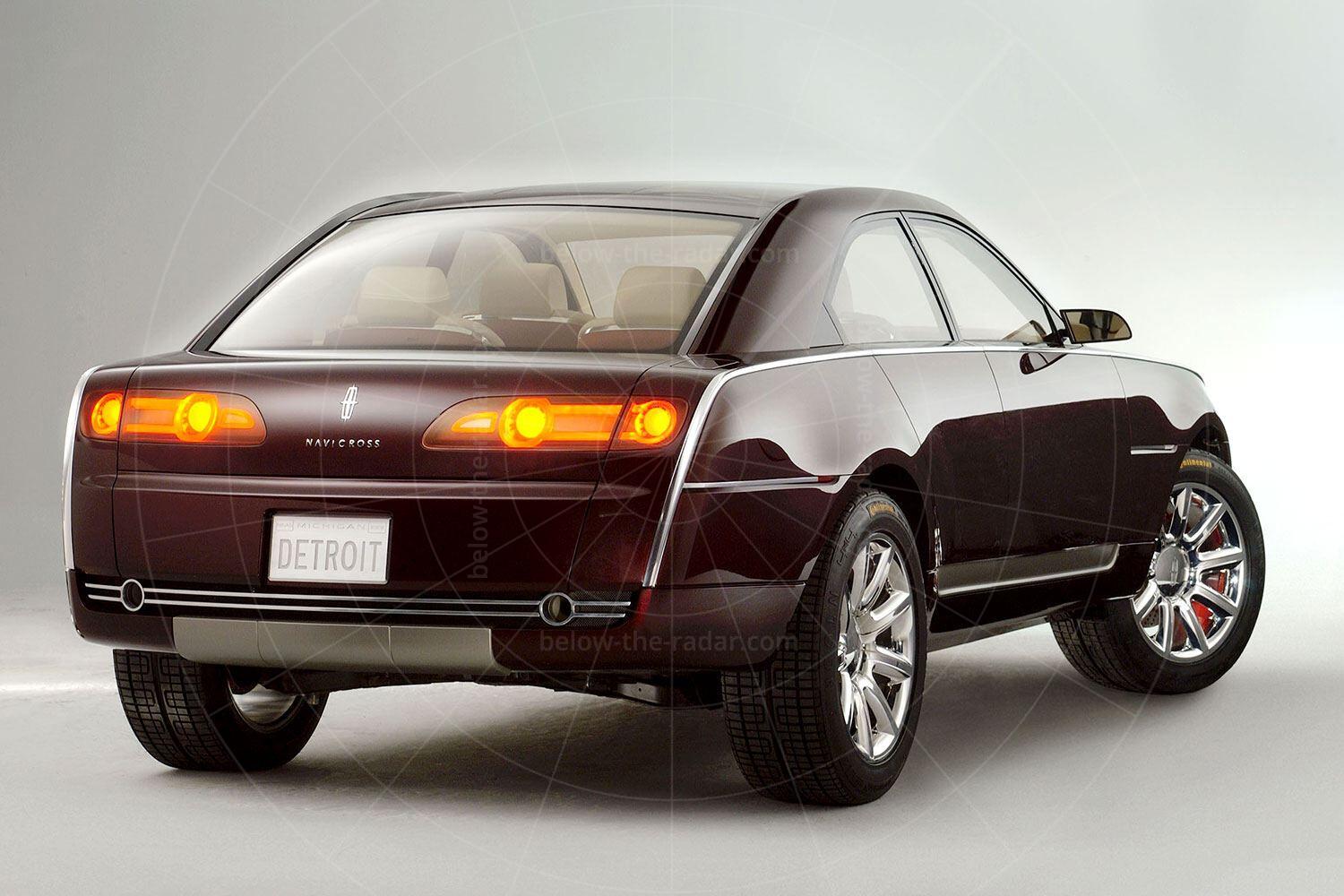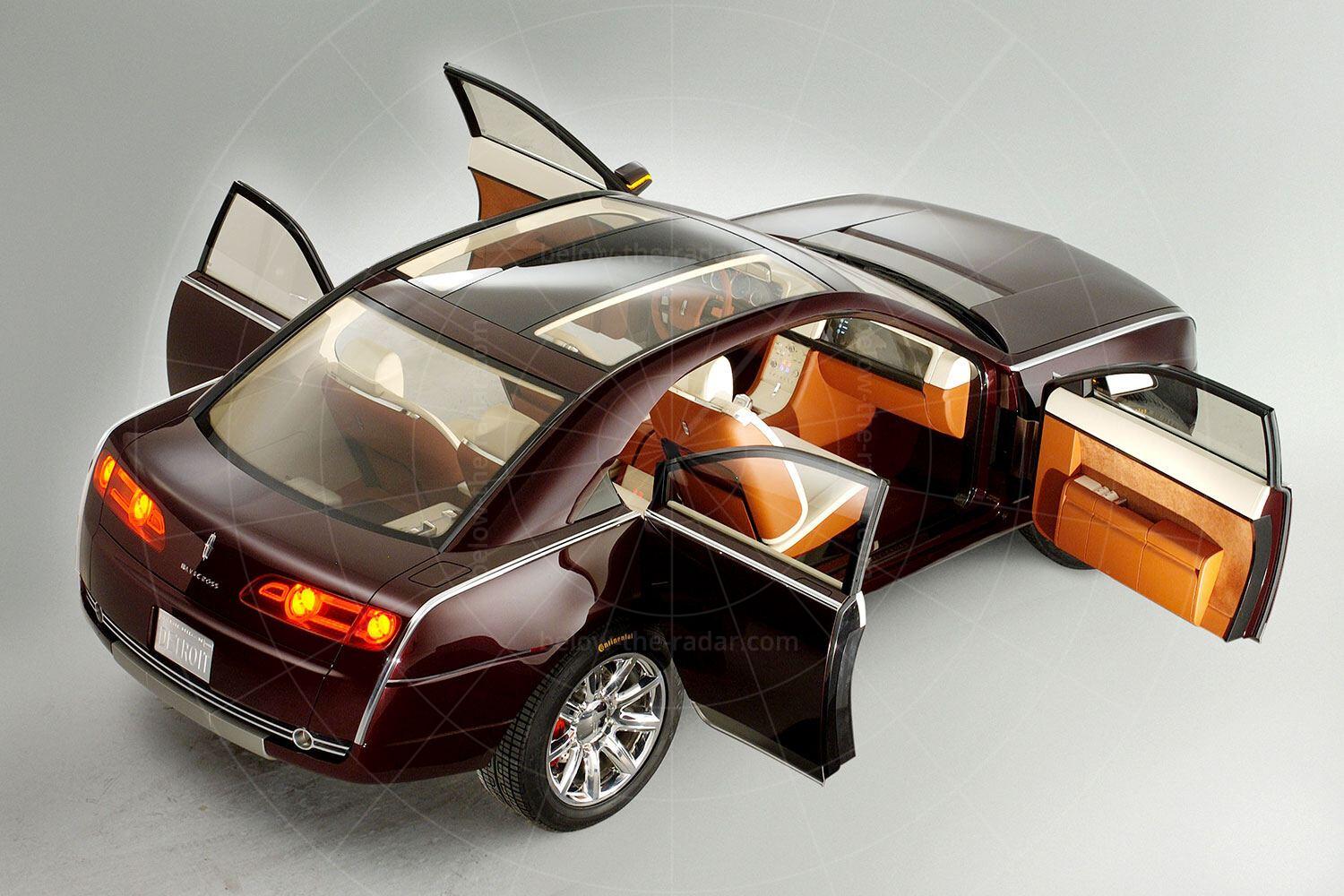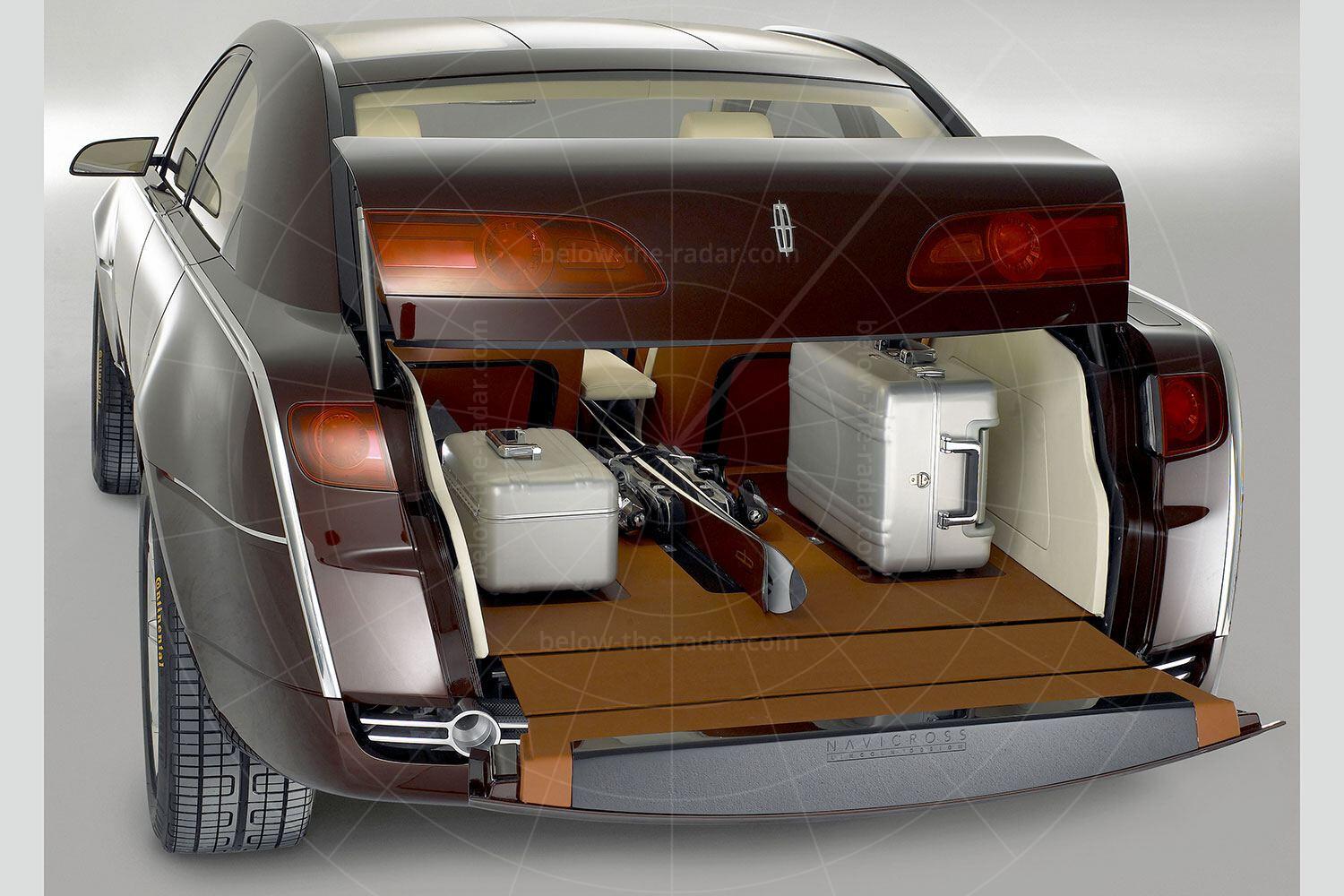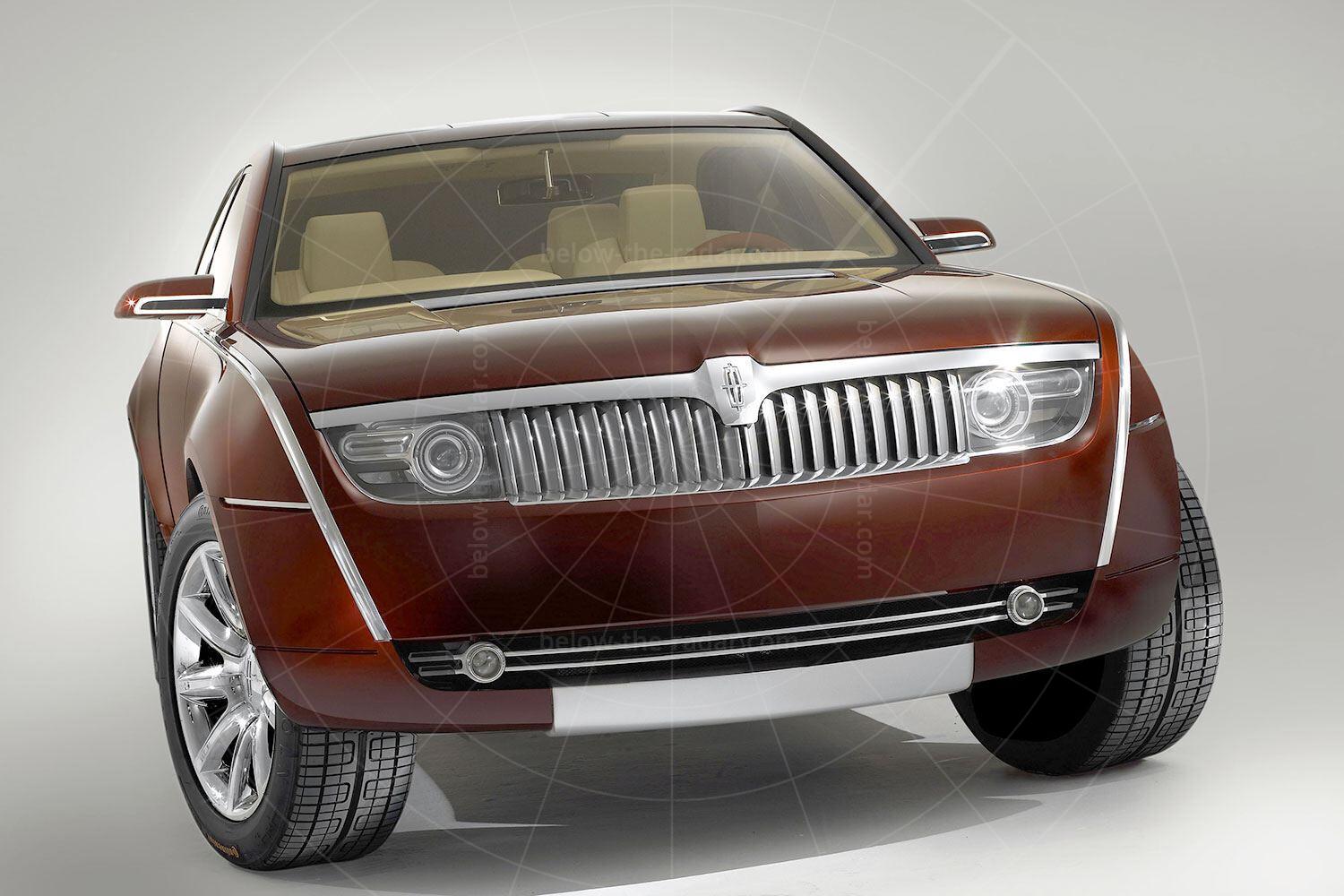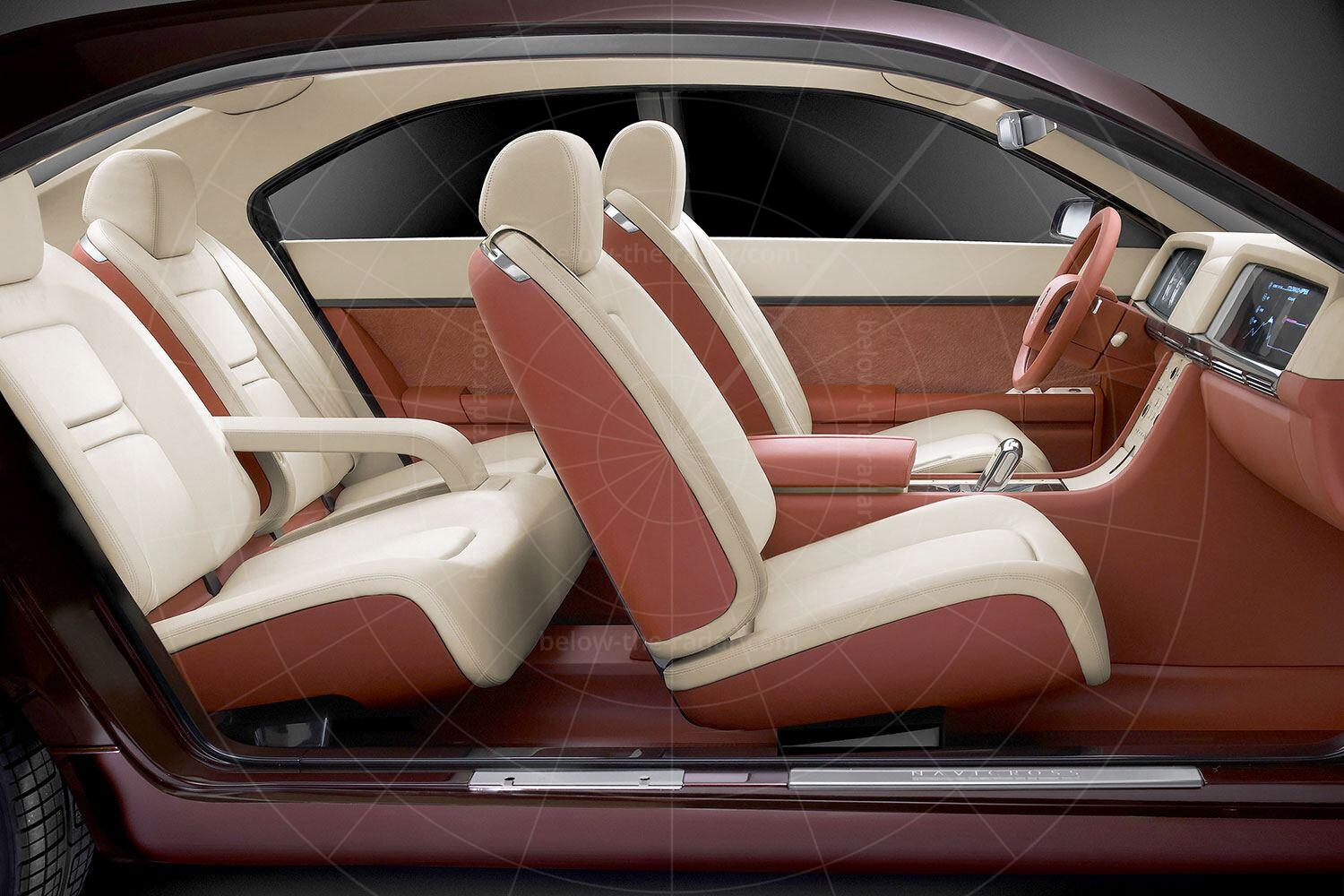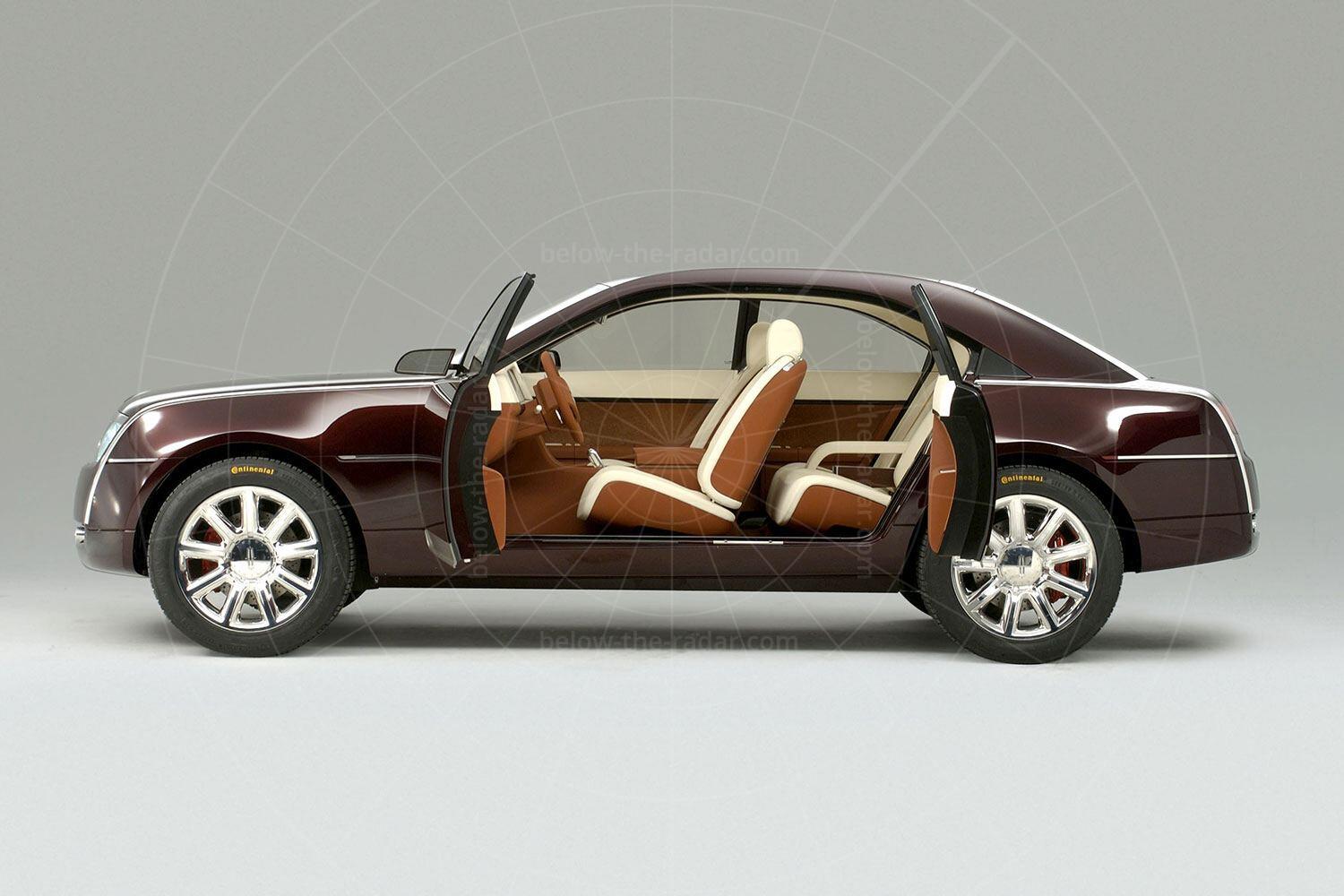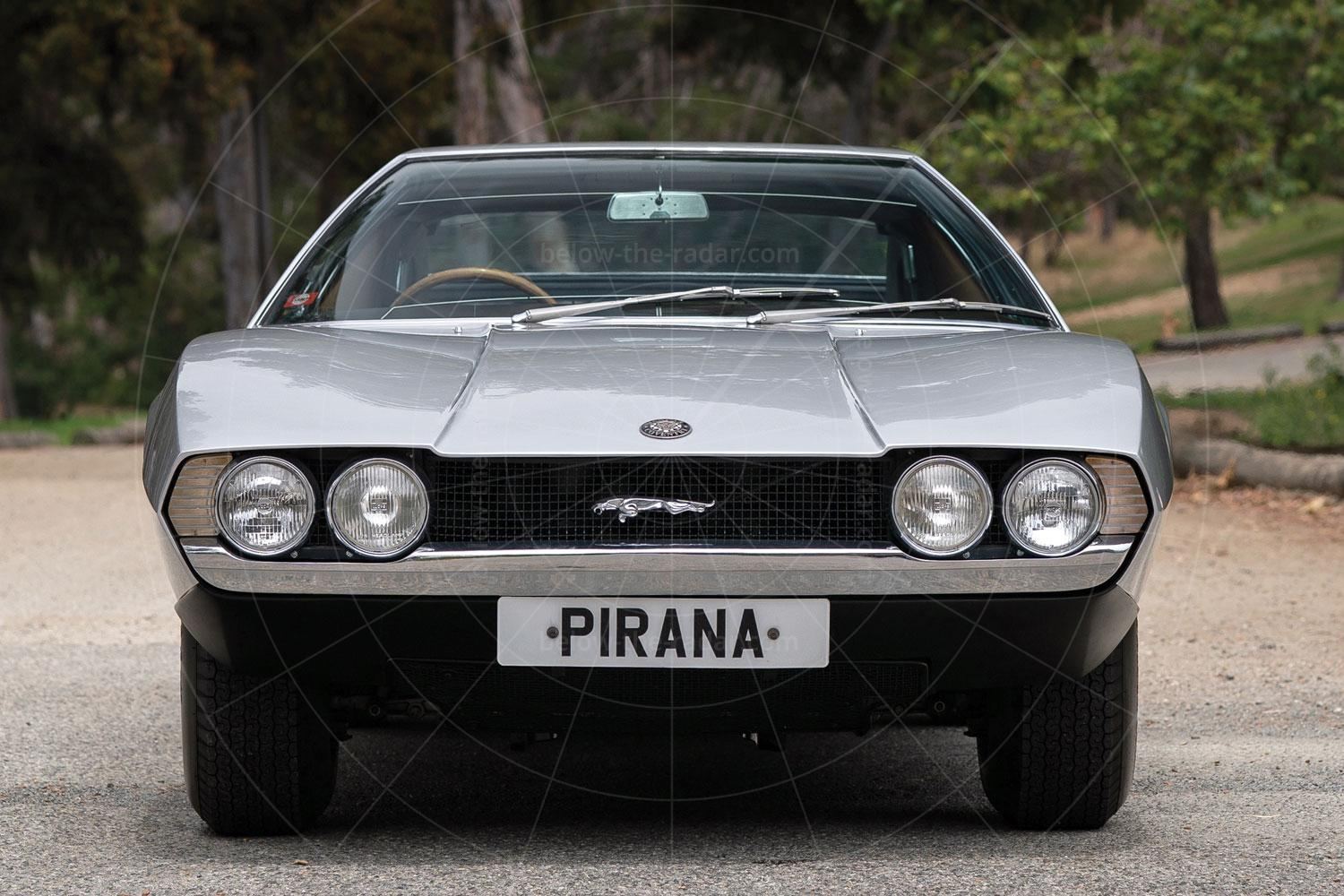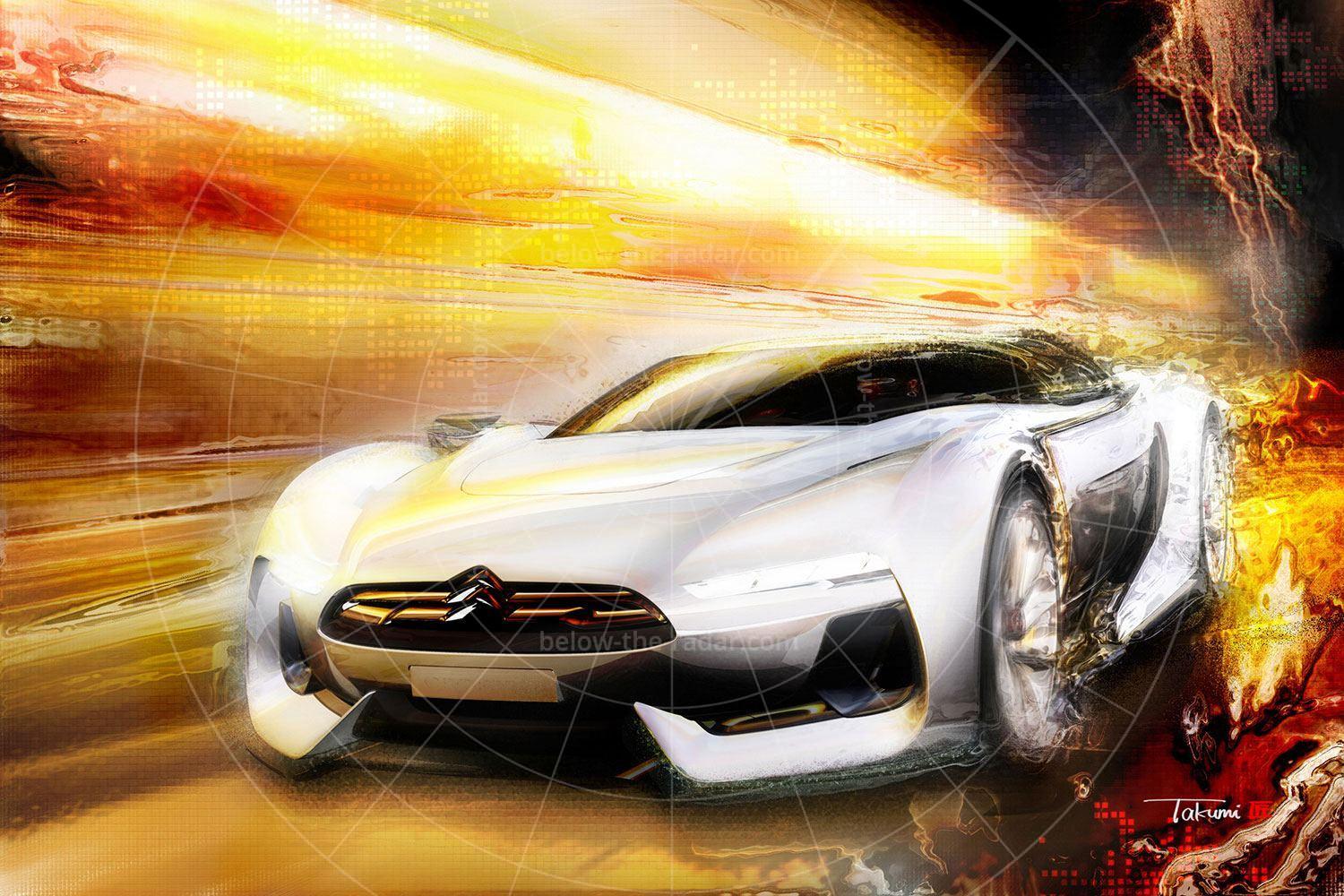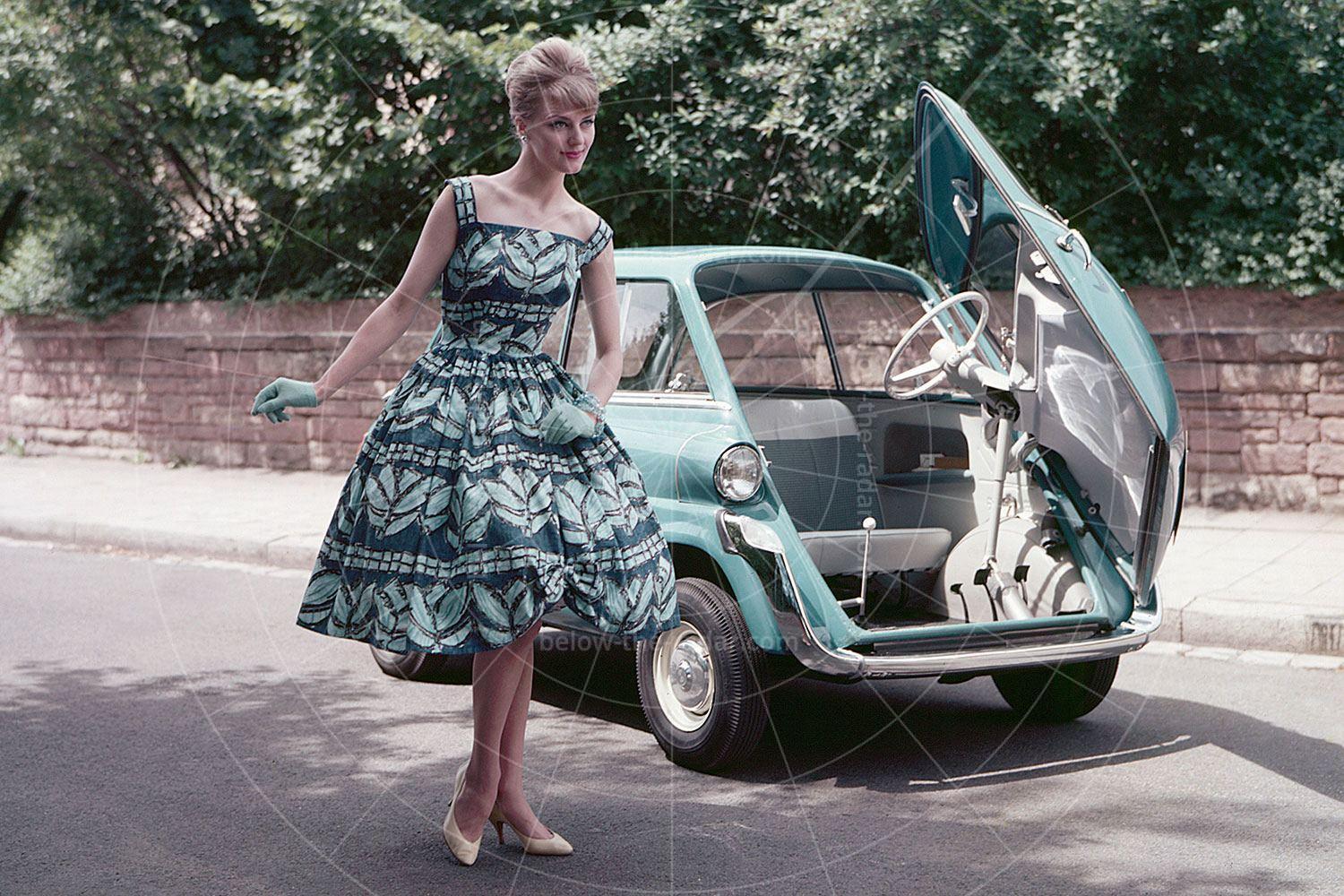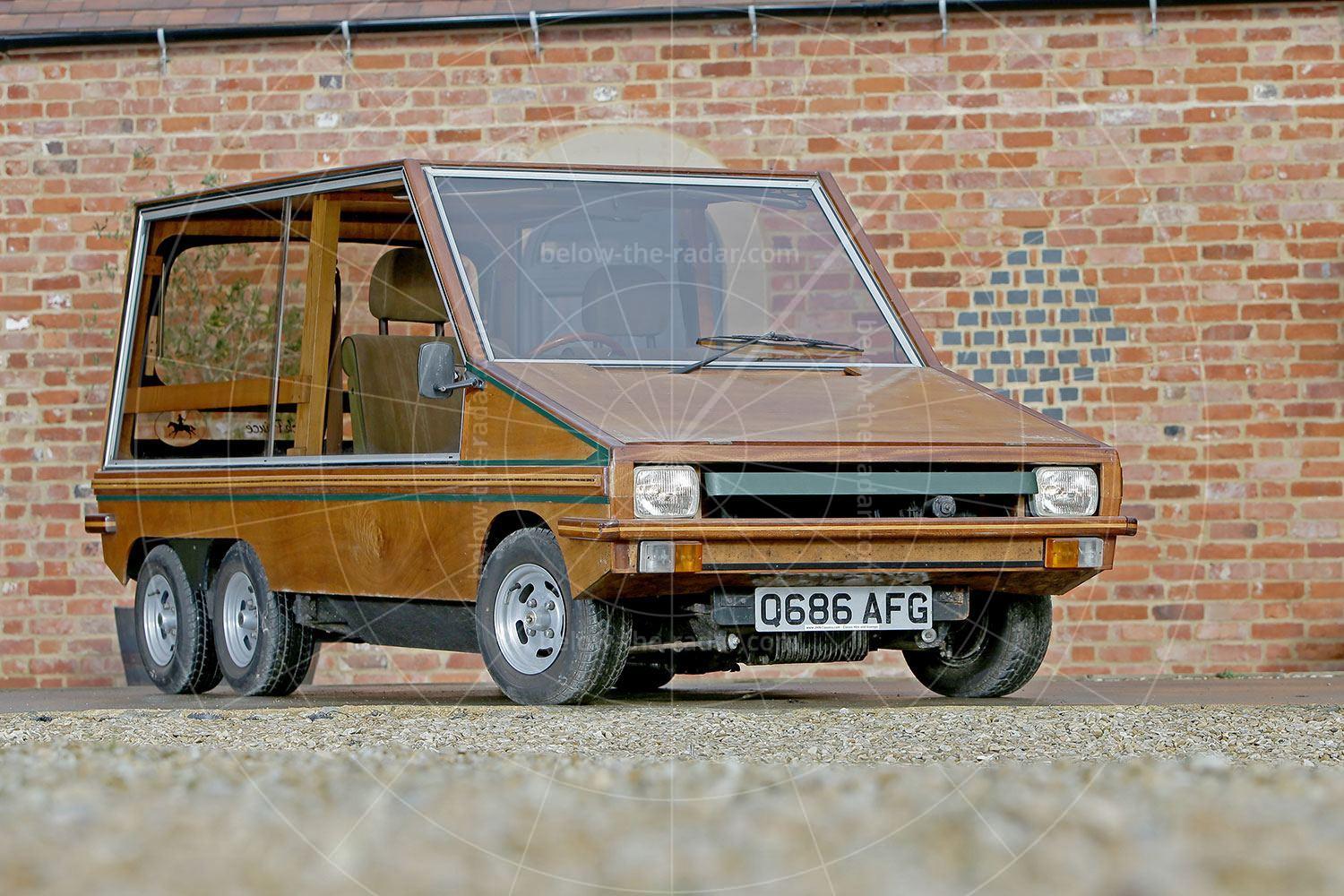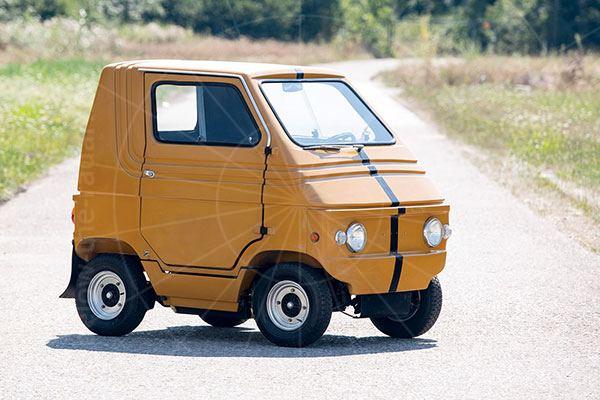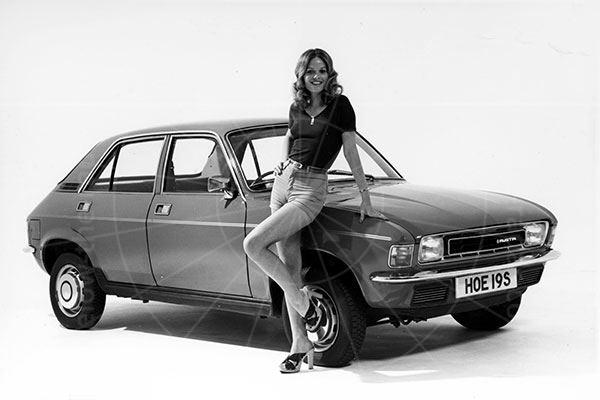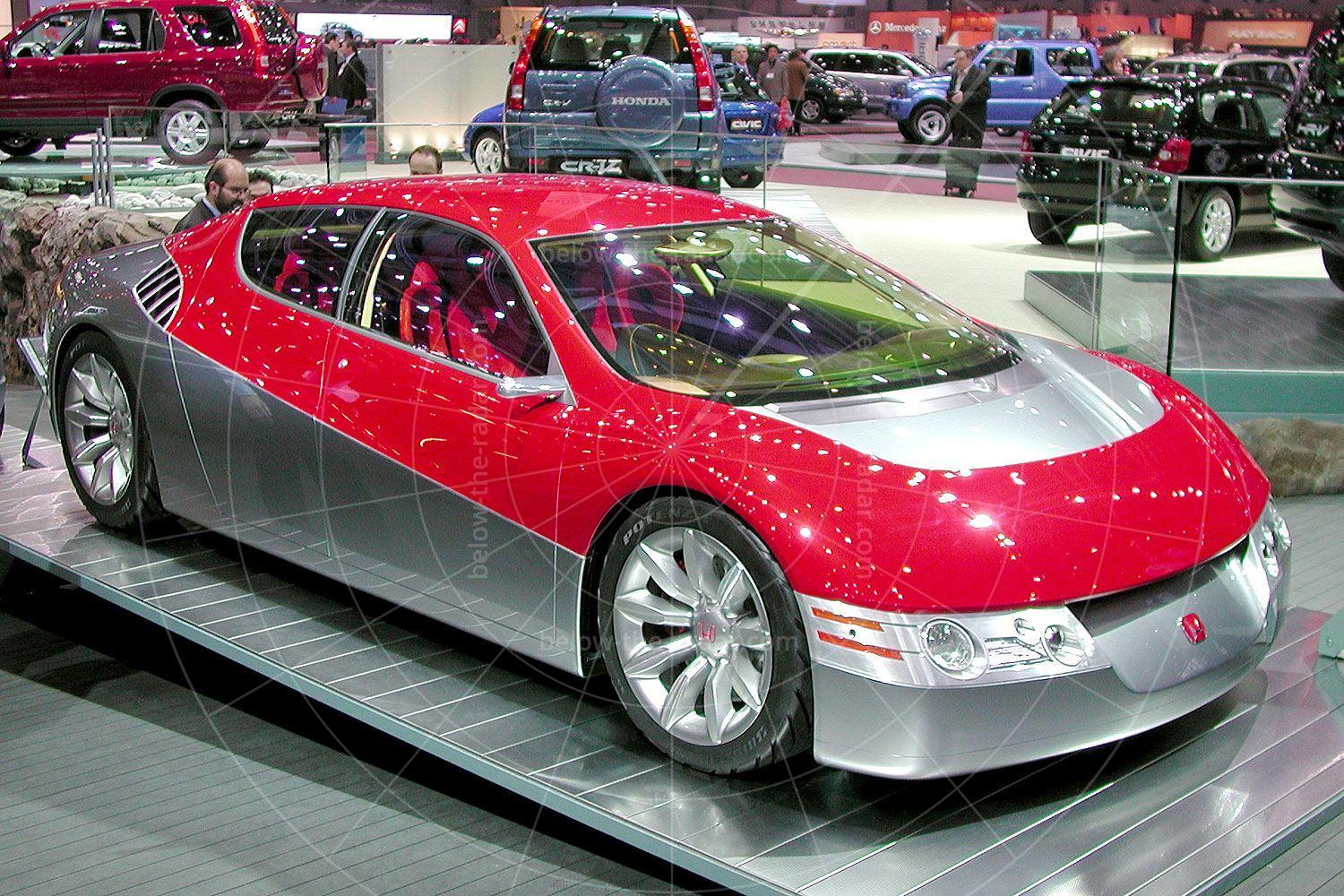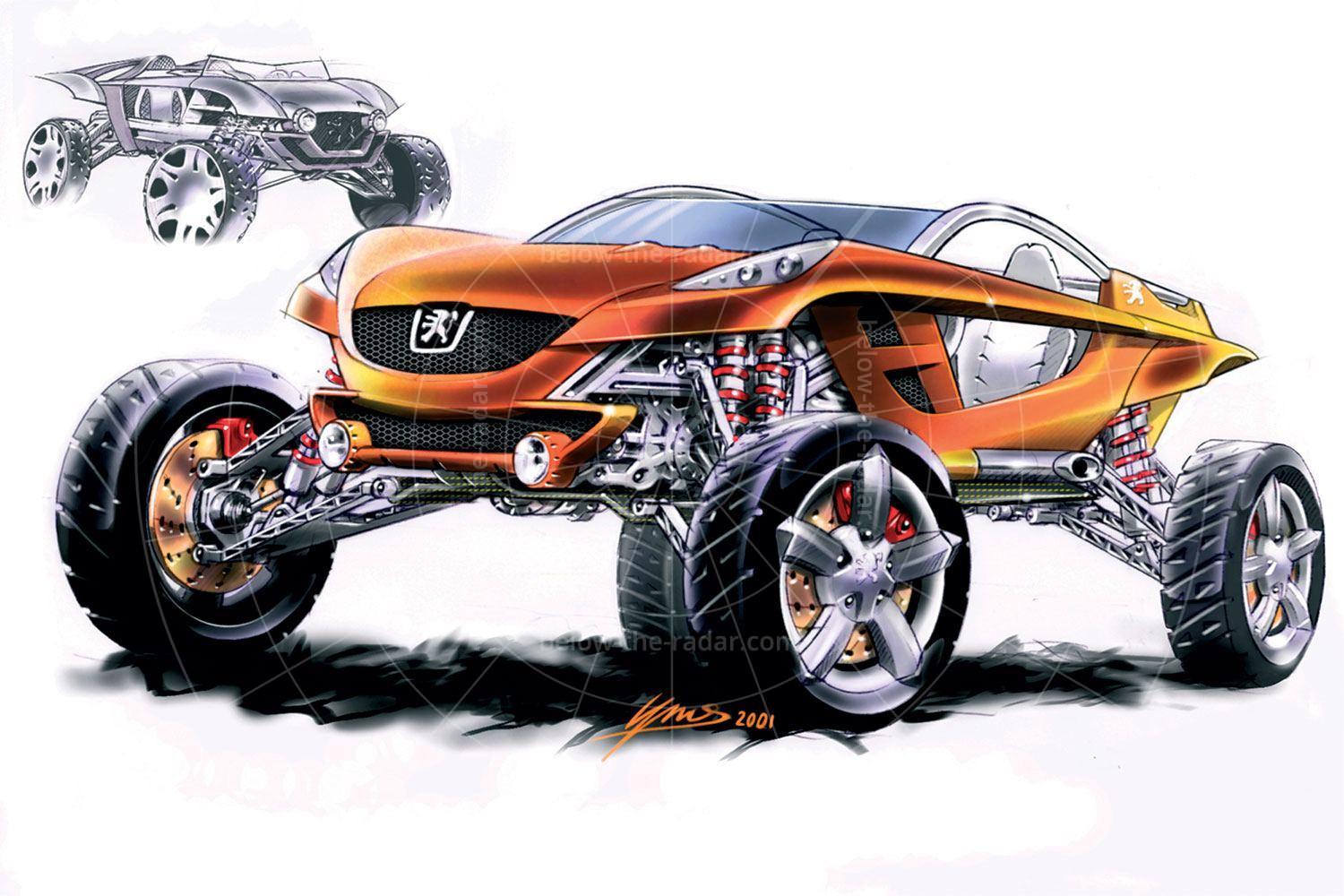It all used to be so simple. Cars were saloons, roadsters or occasionally they were estates. But then something changed and every new car that came along had to pioneer a new niche, ideally taking the best from at least two existing segments and creating something better. Welcome to the world of the crossover, mixing as many segments as possible, no matter how diverse.
And so it was with the Lincoln Navicross, which may have looked like a large, luxury saloon, but it was much more than that. Designed to be a sporty alternative to a full-blown sport-utility vehicle, this showstopper was first seen at the 2003 Detroit motor show. After the appearance of the sinister-looking Lincoln Sentinel at the same event seven years earlier, it was clear that Ford’s upmarket US division was set to take a new design direction. Although American cars hadn’t been especially curvaceous since the 1950s, these new cars were taking the hard edges to extremes; stand too close to the Sentinel or the Navicross and you could cut yourself.
While the Sentinel was seriously sharp (literally and metaphorically) with its exterior design, the Navicross wasn’t quite so extreme. The third in a series of concepts, after the 2001 MK9 and the 2002 Continental, the Navicross offered a preview of what Lincoln’s showroom products would look like in the very near future. However, while some of Lincoln’s concepts of this period were little more than thinly disguised previews of production cars, unfortunately in this case the Navicross concept led nowhere. Which is a shame, because while any niche which has yet to be created and exploited is probably a niche too far, the Navicross was undoubtedly a looker.
It was hard to pigeon-hole the Navicross design-wise, as it featured a saloon-like silhouette but also a hatchback for added practicality. And thanks to that adjustable suspension, its ride height could make it appear as though it was a conventional saloon or it could also be made to look more like an SUV. This was one confusing machine.
It was around this time that rear-hinged back doors were coming back into fashion, largely thanks to the appearance of the Mazda RX-Evolv concept in 1999, which would later go into production as the RX-8. Sure enough, the Navicross featured rear doors of the same design, with the obligatory lack of a B-pillar to go with it. While these back doors harked back to a pre-war era, the treatment was ultra-modern, but they weren’t just for show as rear seat access was much improved thanks to their fitment.
Another modern take on a traditional theme was the fitment of brushed alloy for the external brightwork, in place of the more usual chrome. Particularly striking was the fillet of aluminium that indicated the swage line which ran for the entire length of the car, and very neatly it also disguised the door handles along the way.
Predictably, the interior was every bit as luxurious as the exterior. As soon as the doors were opened the car’s composite safety frame was discreetly on display, while the cabin was trimmed tastefully in terracotta and cream leather. With the fitment of glass roof panels the cabin was bathed in ambient light during the day, making it feel much lighter and more airy.
Maintaining the understated theme, the dash was kept as uncluttered as possible, things helped by a pair of large touch-screen displays, one in front of the driver and another in front of the passenger. The former was to display information relating to the car such as speed, engine temperature, fuel level and so on. The passenger’s was for internet access along with control of the navigation system, and it could be set up using voice control or the built-in mouse. As if this wasn’t enough, there was a third screen in the centre console, through which the climate control and entertainment system could be controlled.
One of the key technologies fitted to the Navicross was its height-adjustable air suspension. When combined with the permanent four-wheel drive plus adaptive traction control, ground clearance could be increased so some proper off roading could be undertaken. But when the car wasn’t in the rough the height could be dropped so the car’s dynamics weren’t compromised.
There was also plenty of power and torque on tap, not that Lincoln disclosed how much of either was available. Motive power was courtesy of a supercharged 4.2-litre V8 petrol engine which drove all four wheels via a five-speed semi-automatic gearbox, the latter incorporating ‘fuzzy logic’ technology which allowed the car’s brain to sense the driving style and terrain, and adjust the gear shift points to suit.
It’s likely that the V8 installed would have provided around 400bhp, so the Navicross needed a pretty talented chassis to cope. The air suspension with automatic self-levelling would have helped get the power down without fuss, while the brakes were seriously beefy too; there was a Brembo system fitted for ultimate stopping power. Ventilated discs with a diameter of 355mm were fitted at each corner, backed up with anti-lock technology plus electronic brake force distribution. And to leave onlookers in no doubt as to the Navicross’s potential, there were 20-inch alloy wheels front and rear.
Although the Navicross’s nose was quite bulky, its surface area was reduced through the fitment of a new type of lighting technology. Using a fibre-optic ribbon with a remote light source, the car’s front overhang could be reduced along with its overall length, in a bid to make the car more agile.
| Vital statistics | |
|---|---|
| Debut | Detroit, 2003 |
| Designer | Gerry McGovern |
| Engine | Front-mounted, 4.2-litre supercharged V8 |
| Transmission | 5-speed semi-auto, four-wheel drive |

